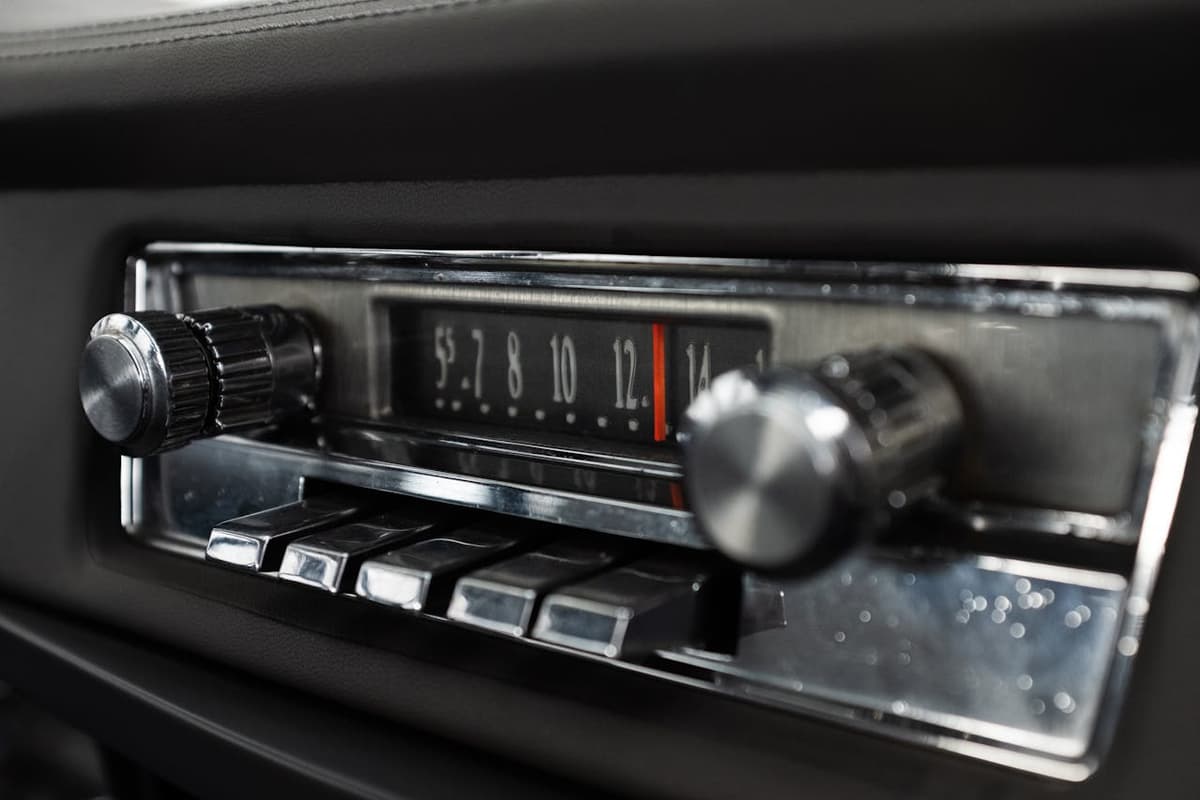Hurricane Helene Illuminates the Logic of AM Radio in Cars — and Congress Seems To Be Getting the Message
‘Free, over-the-air radio is critically important to our nation’s emergency communications infrastructure,’ says a backer of legislation to save AM.

With overwhelming bipartisan support, the AM Radio for Every Vehicle Act is speeding toward passage before the 118th Congress expires in three months. Automakers are the only speed bumps remaining, arguing against future dashboards having AM when a disaster like Hurricane Helene cuts off other means of communication.
The legislation has been gaining momentum since Ford, Tesla, and others found that AM reception interferes with EVs. After a 45-to-2 vote in the Committee on Energy and Commerce, though, the bill requiring AM to remain at no extra cost is now before the full House.
In “Radio Ga Ga,” Queen’s 1984 hit, Freddy Mercury croons, “Radio, someone still loves you.” Now, after 40 years of leaps in telecommunications, it seems that Americans aren’t ready for a breakup. They may take AM for granted in favor of their iPhones and PCs, but they count on it being there when cell towers, power grids, and Wi-Fi fail.
A Republican of Texas, Senator Cruz, and Democrat of Massachusetts, Senator Markey, introduced the bill in July 2023. In the House, the Florida Republican, Representative Gus Bilirakis, and his Democratic colleague from New Jersey, Frank Pallone, followed suit in May.
Support from the left and right is noteworthy since the AM band — which my late boss, Rush Limbaugh, is credited with rescuing from obsolescence — is a bastion of conservative talkers. That both sides are defending the century-old innovation demonstrates just how important it remains.
Among the few voices dissenting in this legislative lovefest is a Michigan Republican, John James. He told the Detroit News that the AM Radio for Every Vehicle Act is “an unfunded, unnecessary mandate for a problem that doesn’t exist,” pointing to the Integrated Public Alert Warning System.
Mr. James said that alerts are pushed through digital AM/FM, internet, satellite, and cellular networks “in addition to AM radio.” Yet AM is the most robust of the lot. Even landline telephones — whose poles can blow down in high winds — are getting harder to find.
The CDC found that just 16 percent of homes built between 2018 and 2019 are hardwired, and fewer than 5 percent of Americans under 25 have a landline. Payphones are also going extinct. New York City removed its last one, at Seventh Avenue and West 50th Street, two years ago.
“Free, over-the-air radio is critically important to our nation’s emergency communications infrastructure,” the president of the National Association of Broadcasters, Curtis LeGeyt, said in a statement to me at the outset of the fight in December 2022.
Mr. LeGeyt said radio offers “up-to-the-minute news, lifesaving information, and lifeline alerting that keeps Americans out of harm’s way.” Just this week, News Radio 570 WWNC demonstrated AM’s power with what CNN’s Brian Stelter described as “a patchwork of local radio stations as the region struggled to recover.”
All calls and emails to WWNC, including one from a listener “trying to find her brother,” were broadcast “across western North Carolina.” Blue Ridge Public Radio told listeners whom to contact to reunite with missing loved ones and gave information on when power would be restored.
“Those of us who have experienced a natural disaster like Superstorm Sandy,” Mr. Pallone told the Energy and Commerce Committee two weeks ago, “know that AM radio is an important lifeline when other forms of mass communications go out.” The proposed legislation, he said, “will help Americans’ safety.”
The digital revolution has driven radios from homes, and most of those that remain require power or run on batteries that are among the first items to disappear from shelves in a crisis. An automobile’s radio, however, runs as long as there’s fuel in the tank or an EV has charge.
As for the problem of analog’s electromagnetic interference, the EU solved the problem by requiring digital radios in new cars as of 2018. AM didn’t have to be a casualty of the economic bloc’s race to move beyond internal combustion engines.
The AM Radio for Every Vehicle Act has a supermajority of 63 cosponsors in the Senate and a majority of 262 cosponsors in the House. Expect it to pass before this Congress adjourns, telling the nation’s 4,000 AM stations that — even in the internet age — America still loves you.

